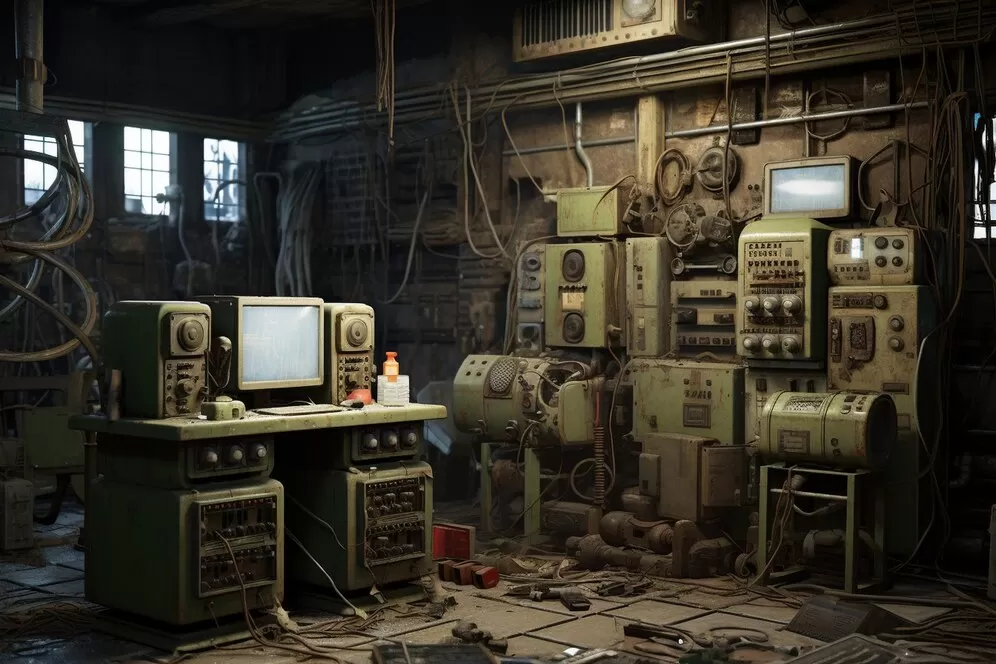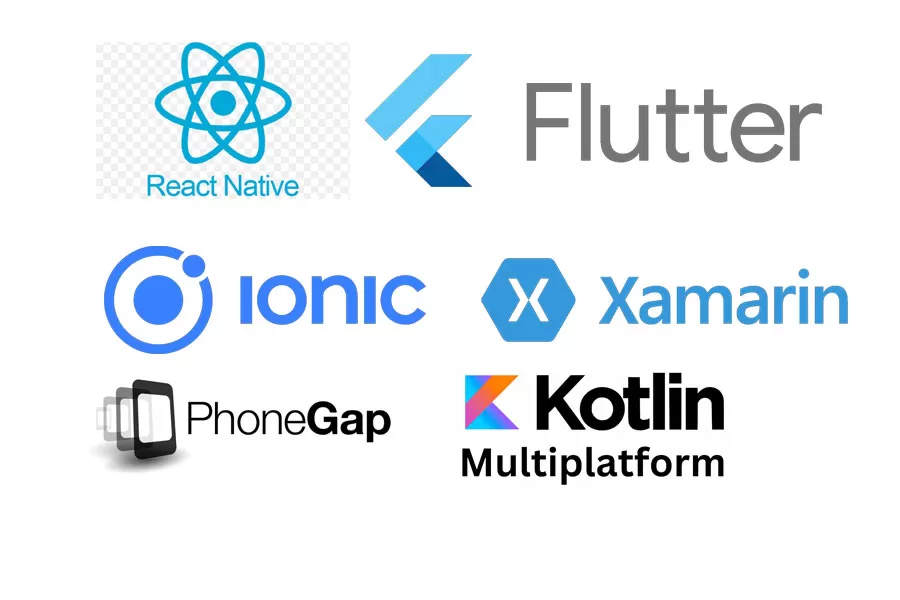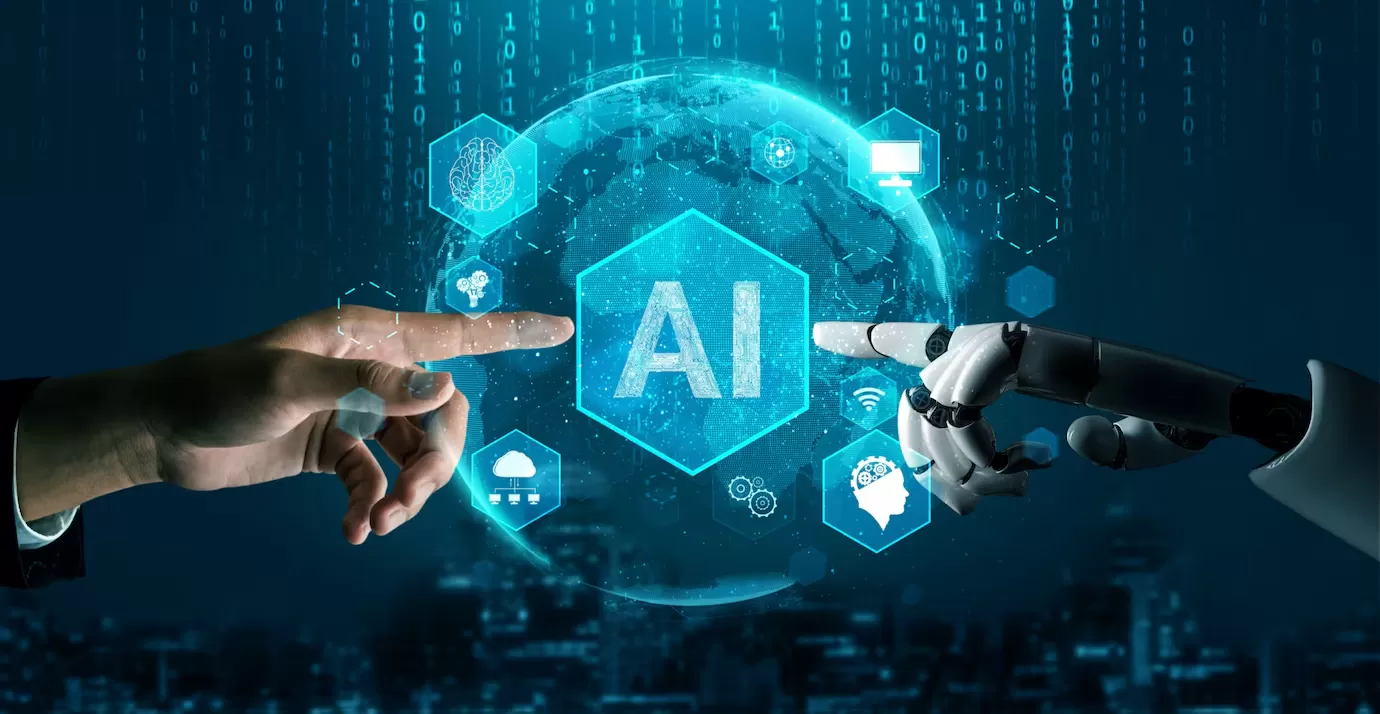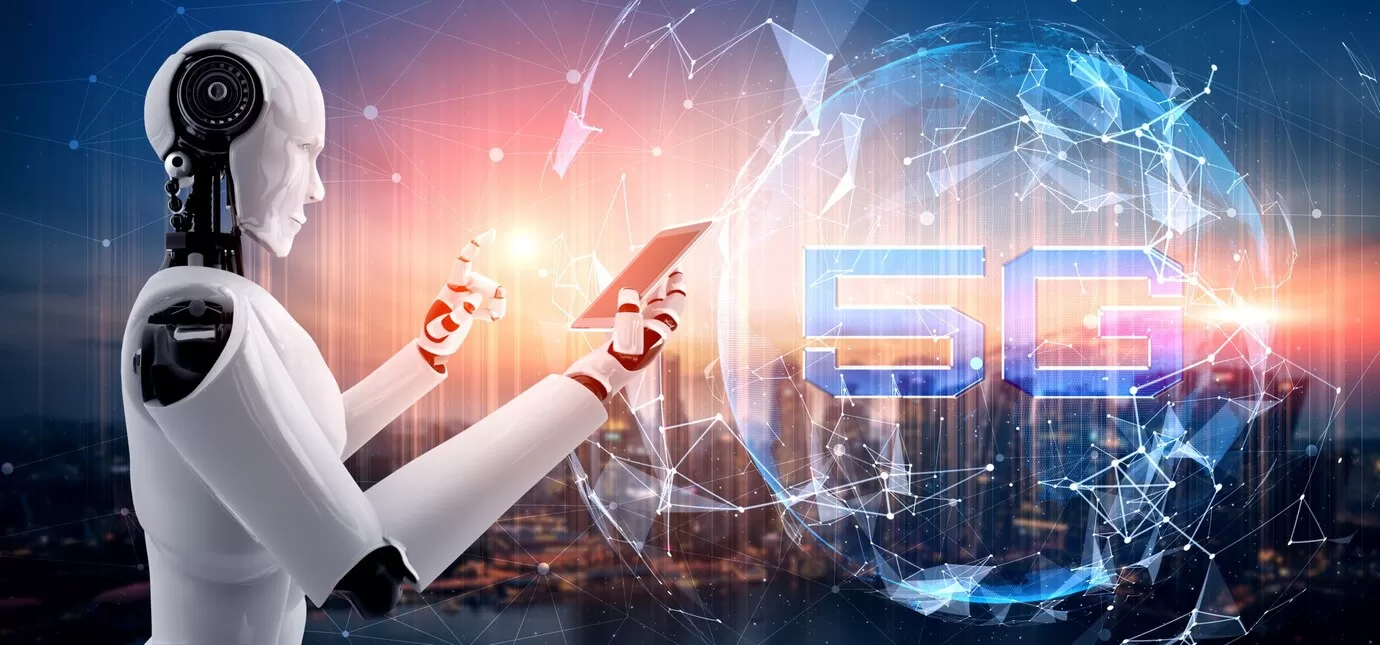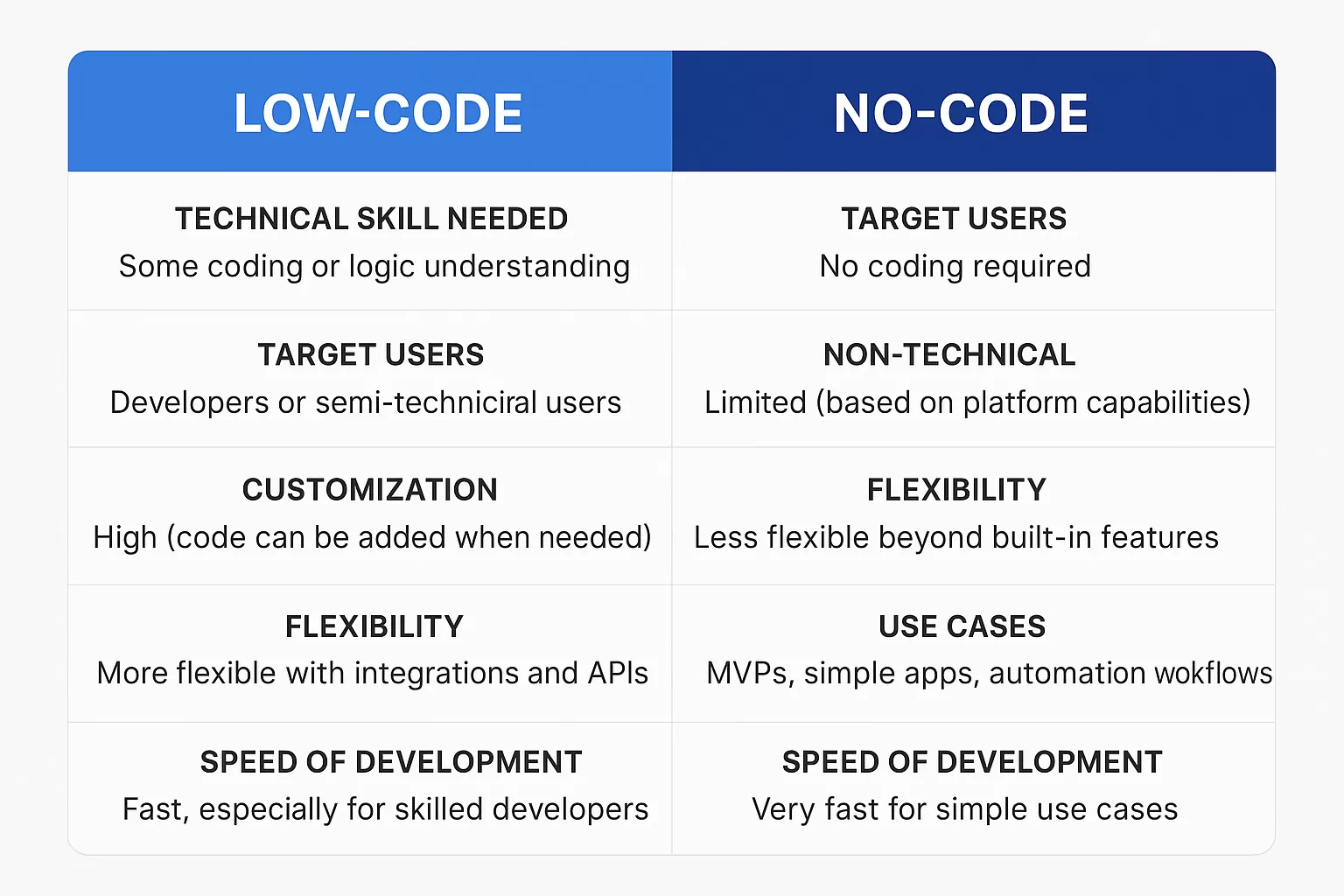The Information Technology (IT) industry has been at the forefront of transformation, radically reshaping how societies function, economies thrive, and individuals connect. From the dawn of the 20th century to today, IT has evolved from early computational machines to the modern world of artificial intelligence (AI), cloud computing, and blockchain technologies. This article will explore how the IT industry has changed the world over the last 125 years, leading us to the digital era we live in today.
1. The Early 1900s: The Birth of Computing
At the turn of the 20th century, the world was on the cusp of a technological revolution. Computing machinery was in its infancy, and early mechanical calculators paved the way for more sophisticated systems.
- The Analytical Engine: In the 1830s, Charles Babbage designed the Analytical Engine, often considered the first concept of a programmable computer. However, it was not until the early 1900s that mechanical calculators were actually constructed and used for basic arithmetic tasks.
- The Turing Machine: In the 1930s, Alan Turing proposed the theoretical framework for digital computing with his concept of the Turing Machine, which laid the foundation for modern computers.
By the 1940s, these foundational ideas began taking physical form, and the first electromechanical computers emerged.
2. The Mid-1900s: The Rise of Early Computers
The 1940s and 1950s saw the invention of the first electronic computers, marking the beginning of the modern IT era.
- The ENIAC: Developed in the 1940s, the ENIAC (Electronic Numerical Integrator and Computer) was the first fully electronic, general-purpose computer. It used thousands of vacuum tubes and took up an entire room, yet it laid the groundwork for future computing advancements.
- Mainframe Computers: In the 1950s, IBM introduced its mainframe computers, which became the backbone of many organizations, universities, and governments. These systems were capable of performing complex calculations at unprecedented speeds, but they were still limited by their size, power consumption, and cost.
The 1960s and 1970s brought about miniaturization, with smaller computers becoming available to more businesses and governments.
3. The 1970s-1980s: Personal Computers and the Birth of the Software Industry
In the 1970s and 1980s, the IT industry saw a significant shift with the advent of personal computers and the software revolution.
- Apple and Microsoft: In 1976, Apple was founded by Steve Jobs and Steve Wozniak, creating the Apple I and Apple II, which were some of the first commercially successful personal computers. This democratized computing, making it more accessible to individual users, families, and small businesses.
- IBM PC: In 1981, IBM introduced the IBM PC, which set the standard for personal computers and further solidified the idea of computing as a personal experience.
During the same period, the software industry began to boom with the launch of Microsoft's Windows and DOS, which provided graphical interfaces and more user-friendly software options for personal computers.
- The Internet: In the late 1980s, ARPANET, the precursor to the internet, connected computers for research purposes, setting the stage for global connectivity in the decades to come.
4. The 1990s: The Internet Revolution
The 1990s marked the Internet revolution, which forever changed how people communicate, share information, and interact with the world.
- World Wide Web: The creation of the World Wide Web by Tim Berners-Lee in 1991 turned the internet into an accessible space for everyone. It introduced hyperlinks and web browsers that allowed individuals to browse interconnected websites.
- E-commerce and Online Services: The rise of companies like Amazon (1994) and eBay (1995) opened the door to online shopping, fundamentally altering the way consumers purchase products.
- Search Engines: With Google (1998) and Yahoo!, users could now quickly and easily find information online, marking the beginning of the search engine era.
- Mobile Phones: Mobile phones evolved significantly during this period, transitioning from basic communication devices to phones capable of sending text messages and using early versions of mobile apps.
5. The 2000s: The Age of Broadband, Social Media, and Cloud Computing
The early 21st century saw the continued evolution of IT technologies, introducing high-speed internet, the dominance of social media platforms, and the rise of cloud computing.
- Broadband and Faster Internet: The widespread adoption of broadband internet throughout the 2000s made high-speed access a household staple. This opened the door to rich media experiences, from streaming video to interactive websites and real-time social engagement.
- Social Media and Mobile Apps: With platforms like Facebook (2004), Twitter (2006), and YouTube (2005), social media began to shape global communication and redefine the way people connected with each other online. The mobile phone transitioned into a smartphone, with Apple’s iPhone (2007) revolutionizing mobile computing.
- Cloud Computing: In the 2000s, companies began to move away from traditional IT infrastructure toward cloud-based solutions, making it easier for businesses to store data, scale services, and collaborate remotely. Amazon Web Services (AWS) and Microsoft Azure were at the forefront of this shift, enabling companies to pay for computing power and storage on-demand.
6. The 2010s: Artificial Intelligence, Big Data, and Automation
The 2010s were marked by the rapid rise of AI technologies, the explosion of big data, and the automation of industries.
- Artificial Intelligence: AI started to transition from theoretical concepts to real-world applications. Machine learning and deep learning revolutionized industries, from healthcare to finance, with AI systems now capable of analyzing vast amounts of data, making predictions, and even mimicking human behavior.
- Big Data: The growth of the Internet of Things (IoT) and the continuous generation of digital data led to an explosion in big data analytics. Organizations began to harness this data to gain actionable insights into customer behavior, operational efficiencies, and market trends.
- Automation and Robotics: Automation powered by AI and machine learning led to more efficient manufacturing processes and supply chains, while robots and drones began being used for a wide variety of tasks, including logistics, healthcare, and agriculture.
7. The 2020s and Beyond: The Era of Smart Technologies and Blockchain
We are now living in an era where emerging technologies are transforming nearly every aspect of life, from work to entertainment and governance.
- Blockchain and Cryptocurrencies: Blockchain technology is redefining the way we handle transactions and data security, with cryptocurrencies like Bitcoin and Ethereum driving changes in the financial sector.
- 5G Connectivity: The rollout of 5G networks promises to supercharge the speed and capacity of mobile and broadband services, facilitating the next wave of innovation in smart cities, autonomous vehicles, and the IoT.
- AI and Quantum Computing: As AI continues to evolve, it is driving advancements in natural language processing, image recognition, and predictive analytics. Additionally, quantum computing is on the horizon, with the potential to revolutionize industries like pharmaceuticals, cybersecurity, and cryptography.
- Virtual and Augmented Reality: VR and AR technologies are also becoming more immersive, with applications spanning from gaming and education to remote work and virtual tourism.
Conclusion: The IT Industry’s Ever-Expanding Impact
From the early days of mechanical calculators and the Turing Machine to the AI-powered applications of today, the IT industry has continually reshaped our world, affecting everything from global economies and communications to healthcare and entertainment. As we look to the future, it’s clear that IT will continue to drive change, with quantum computing, AI, and the IoT paving the way for an even smarter and more connected world.
Over the course of the last 125 years, the IT industry has gone from the foundations of basic computation to advanced artificial intelligence, and in the coming decades, it will continue to evolve and transform our lives in ways we can only begin to imagine.

